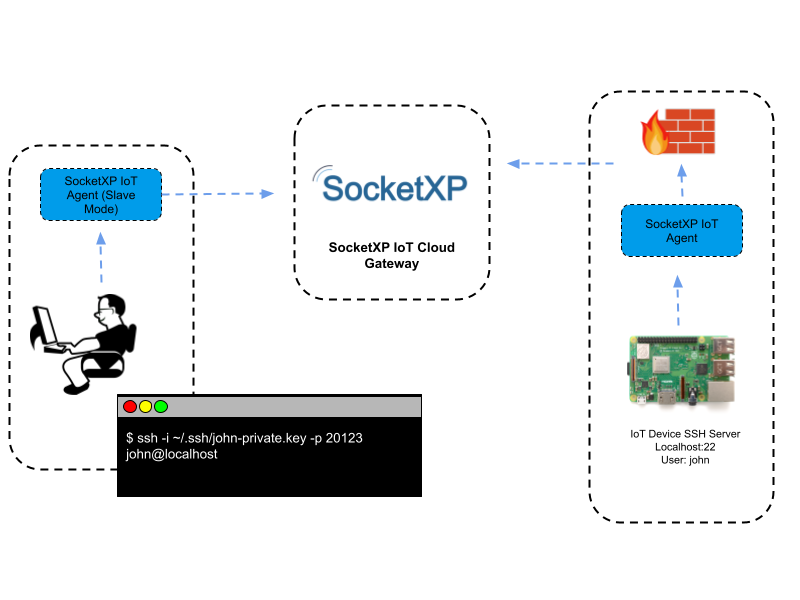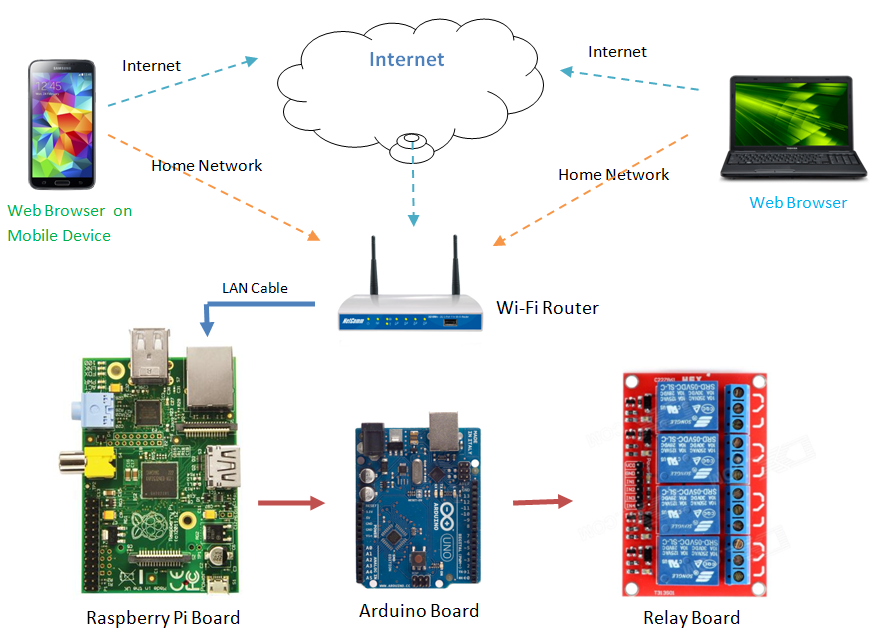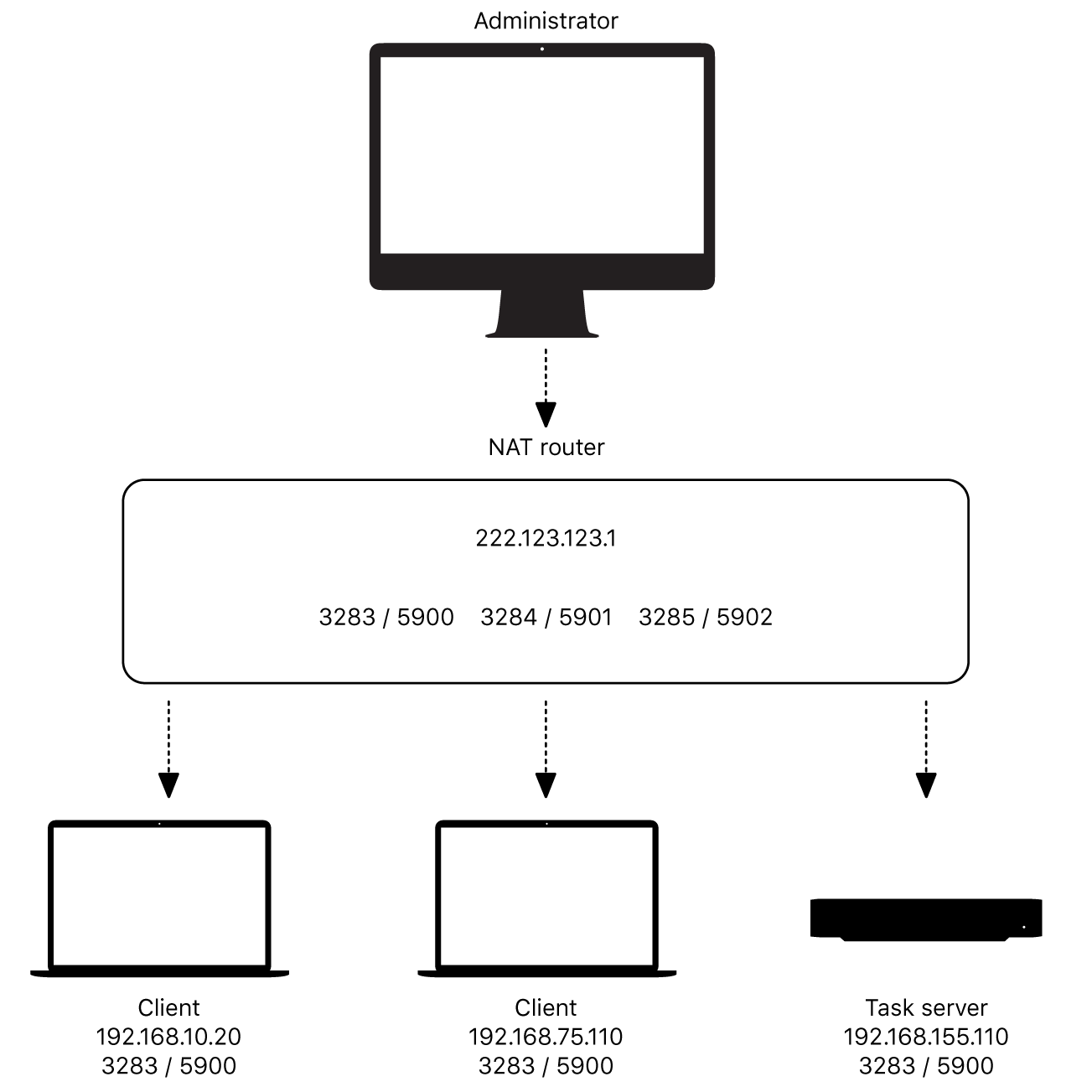Remote Ssh Into Iot Devices Behind Nat Router Mastering Desktop A Comprehensive Guide
But manage raspberry pi behind a firewall or a nat router without public ip available can be a huge challenge for remote control and maintenance tasks. In this example, we have a raspberry pi plugged into the router via ethernet and is hosting a web page on port 80. Changing the vpn/firewall configuration can be cumbersome if the raspberry pi is behind a corporate firewall which does not allow ssh or vnc connections.
IoT Remote Access, Control and Management Over the Internet
In case you have multiple devices deployed, then remote access to such devices would give you status updates about the health and condition of the device. Next, we’ll head back into the teltonika web ui to configure access to the downstream iot devices. Remote iot device management becomes useful when your iot devices are deployed in situations that are physically dangerous or challenging to reach, for example, devices that are deployed in
You shall find the device id of the device from the socketxp portal in the iot devices section.
Make your iot devices to subscribe to a topic they are interested in listening, so that they could take some action like powering on a bulb. In the following example, the iot device subscribes to the topic “office/floor1/bulb1” The standard port for ssh is 22. You have to tell your router to forward a port (22, tcp) to your linux machine's ip.
This is usually in a section called 'nat' or 'servers' in your router's configuration. If you want to remotely access your raspberry pi behind nat firewall from anywhere, you can use socketxp iot remote access solution. You can ssh,vnc or rdp into your raspberry pi remotely over the internet. It is free to use

This api acts as a bridge between the external network and the iot devices behind nat.
The api can provide functionalities such as data retrieval, device control, and firmware updates Remote access in the context of the internet of things (iot) refers to the ability to access and control an iot device from a remote computer or device. Several techniques can be employed for this purpose, including secure shell (ssh), virtual network connection (vnc), and remote desktop protocol (rdp). Refer to portforward.com for tutorials on how to make the router of the destination pc forward the ssh port (22).
This is very different on every router so i can't describe it universally. I found a tutorial here which explains how to do reversed ssh connections (from the ssh server to the client). It only applies to you if your We have an ip address on the global internet:

A we only have access to a.
We have a network behind a router that does nat: 192.168.1.0/24 there is a client behind that nat: Even if your devices are hidden behind firewalls or nat routers, this iot remote ssh feature allows you to connect to them safely. This guide will walk you through everything you need to know about setting up remote ssh for iot devices behind a router, ensuring a secure and seamless connection.
Remote ssh access is crucial for managing iot devices efficiently, especially when they are located in remote locations. This guide will walk you through the process of setting up remote ssh access to iot devices behind a router, ensuring that you can manage your devices securely and efficiently. Install an ssh client on the iot device and configure it to connect to aws iot core. Remotely access raspberry pi behind firewall or nat router.

Directly connect to raspberry pi behind firewall from anywhere as if it was on the local network.
Send command and batch job to raspberry pi from web portal. No need to discover the iot device ip and change any firewall settings. However, when these raspberry pis or iot devices are behind a firewall, direct ssh remote connections are often prohibited. The remoteiot management platform provides a set of advanced remote management tools to help iot development companies to remotely debug and update raspberry pi or iot devices.
Changing the vpn/firewall configuration can be cumbersome if the raspberry pi is behind a corporate firewall which does not allow ssh or vnc connections. This quick guide will help you remotely manage and control a fleet of raspberry pi over the cloud easily! Just follow these 3 simple steps. Remoteiot employs an encrypted ssh tunnel to ensure secure communication.

Even if your devices are hidden behind firewalls or nat routers, this iot remote ssh feature allows you to connect to them safely.
Say goodbye to the constraints of local access. Our service allows you to remotely access your iot from anywhere in the world, at any time, giving you unparalleled flexibility and convenience in managing your device. Ssh login to your iot, behind nat router or firewall, from the comfort of a web browser using your login and password. Then using one of your other computers (even your host), check to see if you can log into the ssh server.
If you can, congrats, let's move to the next step. 2) next you need to know how to port forward on your router. Since you didn't mention what router you have, you will have to figure that out yourself. Port 22 is the one used by ssh.
Most likely, the problem is, you have created more than one tunnel or service for the same endpoint:
Ssh port 22, in this case. Visit the socketxp web portal, go to the devices section, click the device id to show the device details, scroll down to the bottom of the page to view the services or tunnels l For a project i'm working on, i'll have a raspberry pi sitting behind a 4g lte modem: Remote ssh (secure shell) is a protocol that enables encrypted communication between devices, making it ideal for managing iot networks.
I have a linux server, and i want to put it in a home network behind a router. I need to ssh to this server sometime from outside, but i don't want to set up port forwarding because i don't have access to the router, and i don't know the ip of the router either. You are now securely connected to the router. Setting up port forwarding to remotely access downstream devices.